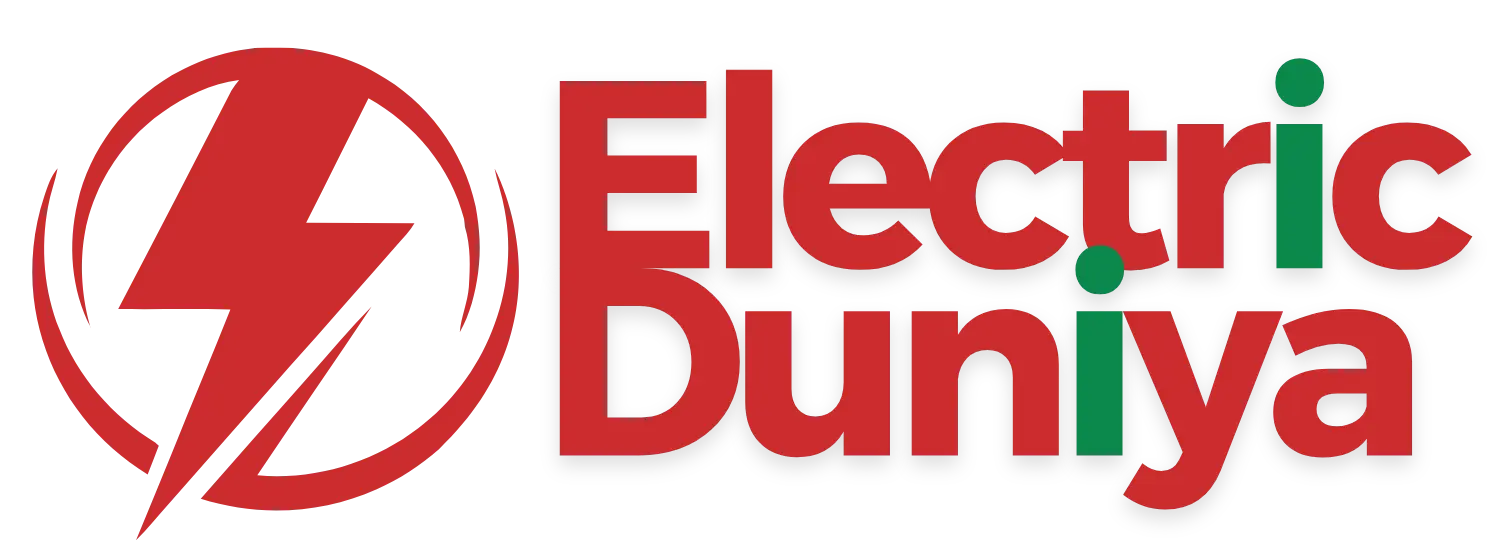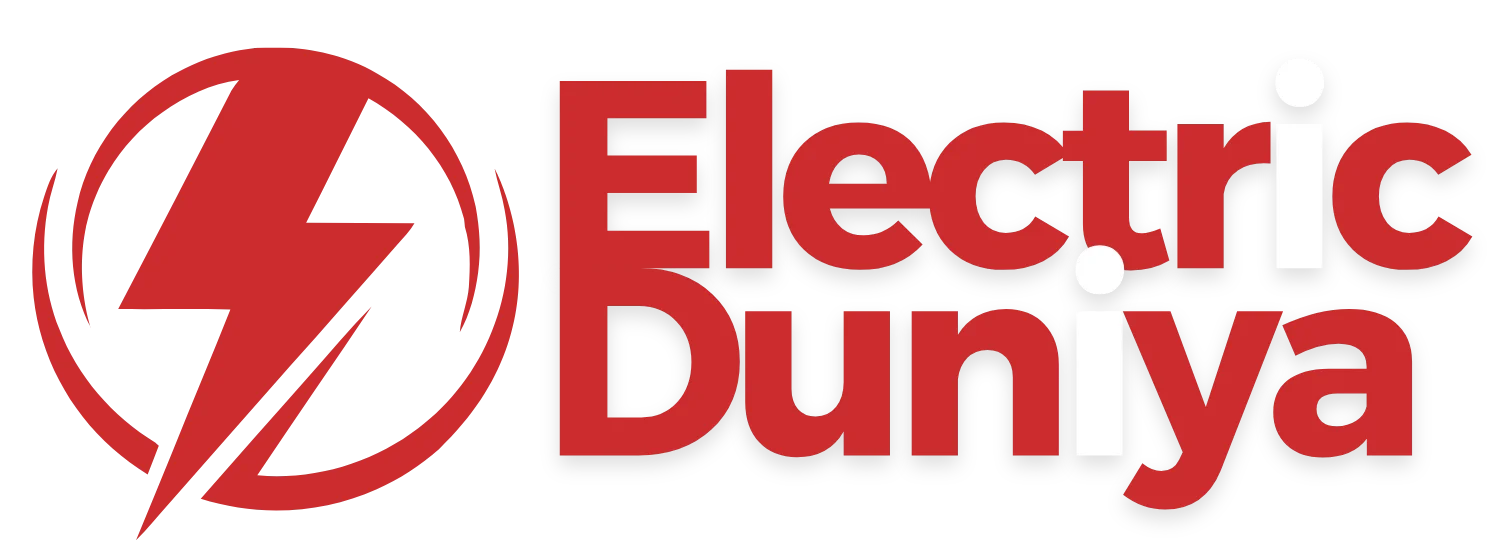Charging Speed
Charging speed is how fast an electric vehicle’s battery can be recharged. Charging speed is measured in kilowatts (kW). Faster charging speeds reduce waiting time, which makes electric vehicles (EVs) more convenient.
Overview
Charging speed is a main factor in EVs’ overall user experience. Understanding the charging speed is essential for EV owners as it affects recharge time. This information helps owners plan and optimize their charging routine. EV users can enjoy the benefits of electric vehicle ownership in less time. It plays an important role in the growing adoption of electric vehicles worldwide.
How It Works
Charging speed depends on many factors. Key factors to consider are the charger type, vehicle battery capacity, and the battery’s initial charge level. To understand charging speed, it’s essential to understand the different types of charging stations available. There are three main types of it, which include Level 1, Level 2, and Level 3.
Level 1 charging uses a standard household outlet delivering 120 volts. This charger provides a range of about 3–8 kilometers per hour of charging. Level 2 charging is moderate charging. Utilizing a 240-volt outlet, it provides a range of 15-45 kilometers per hour. Level 3 charging uses DC fast chargers to deliver high power. This often recharges 80% of a battery in just 30 minutes.
The communication between the vehicle and charger is important. It determines the optimal charging rate. This exchange verifies the efficient energy transfer. It prevents the system from overloading and the battery from overheating. The battery’s state of charge (SOC) also impacts charging speed. Charging is faster at lower SOC levels. When the battery reaches full charge, the charging speed gradually slows down. This slowdown protects the battery’s longevity.
Features of Charging Speed
- Improving charging speed is achieved through smart rates based on battery health and state of charge (SOC).
- High-speed DC charging options provide up to 350 kW of power for fast recharging.
- Choosing the right charger is key, as different chargers offer varying speeds.
- Batteries perform better within specific temperature ranges, which can influence charging speed.
Applications of Charging Speed in Electric Vehicles
Charging speed affects how convenient and practical it is to own an EV. Fast charging helps drivers refill their batteries quickly. This decrease in charging speed helps reduce range anxiety and worries about running out of power.
Several electric vehicles offer fast charging capabilities. Some high-performance EV models have impressive charging capabilities, accepting up to 270 kW of power. Networks like Electrify America provide high-speed charging stations. These stations support multiple EV brands, further increasing the availability of fast charging.
By prioritizing charging speed, companies like Tesla and Porsche are making EVs more attractive. They are drawing in a wider audience to electric vehicles.
Conclusion
Charging speed is an important factor in EV ownership. It affects the convenience, usability, and satisfaction of owners. Advanced technology, such as high-power charging stations and smart charging systems, will bring even quicker charging solutions.
By understanding how different their impact on travel is, consumers can make well-informed decisions when choosing an electric vehicle.

